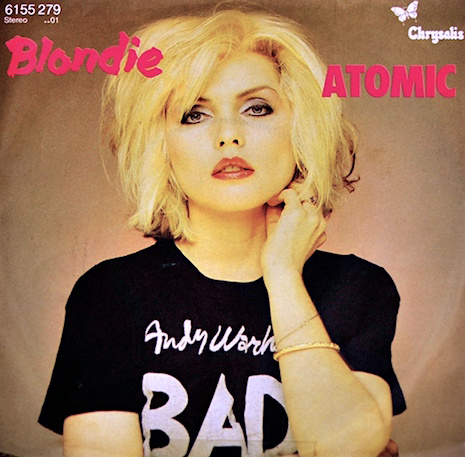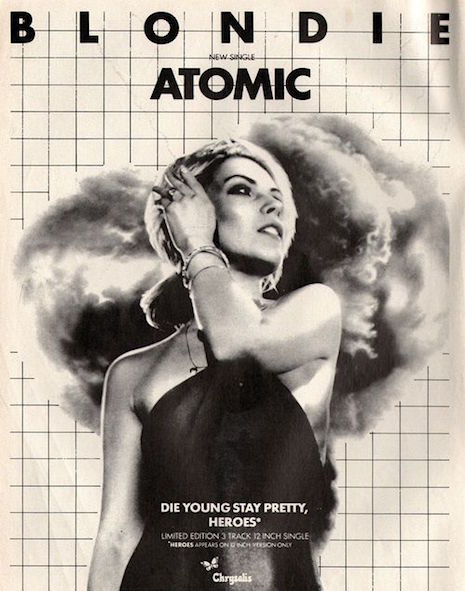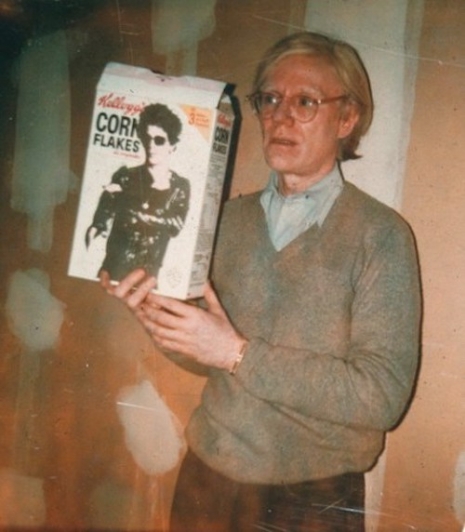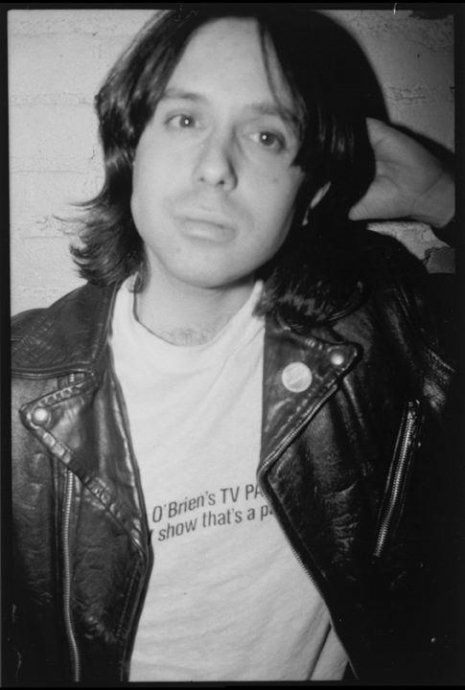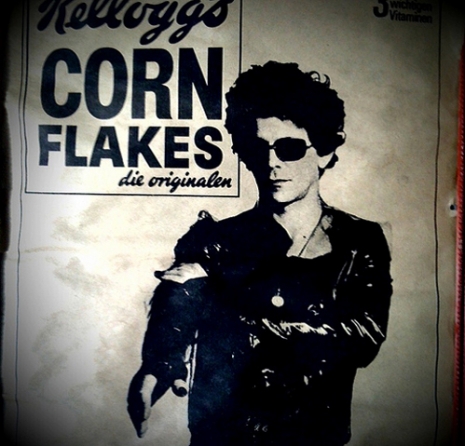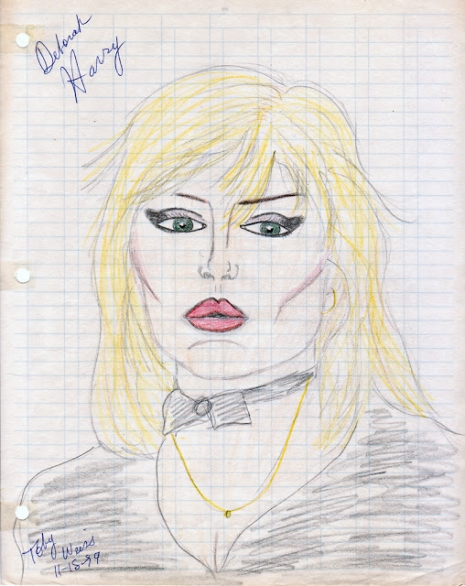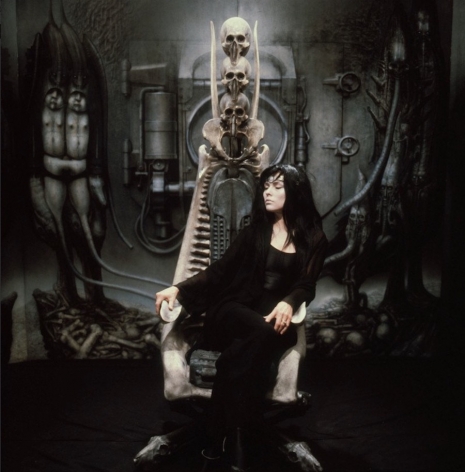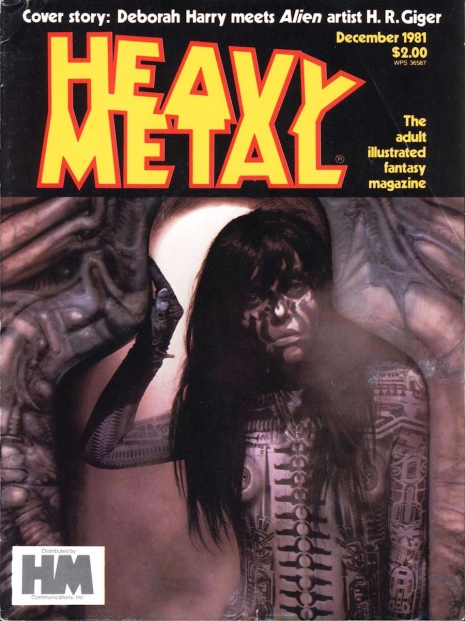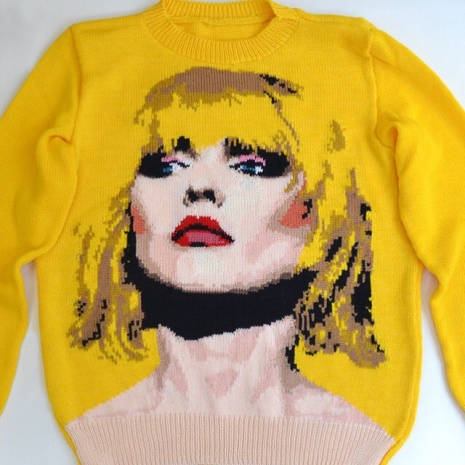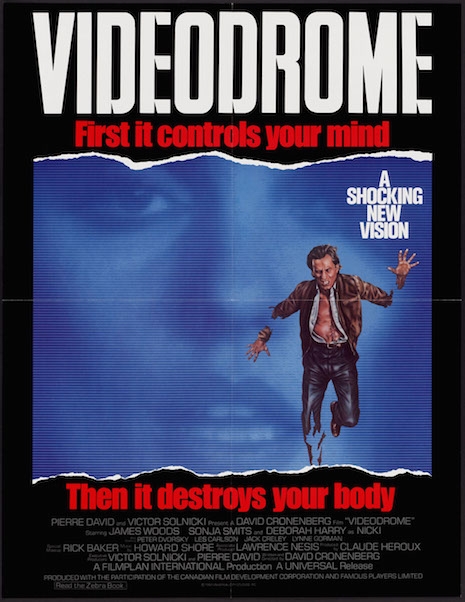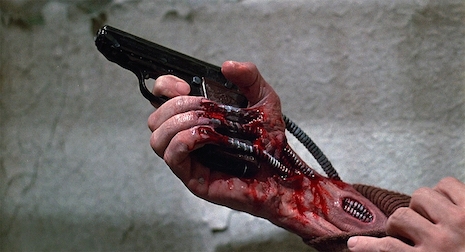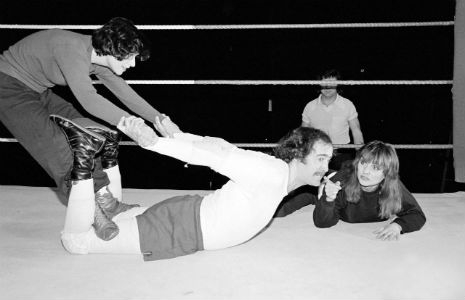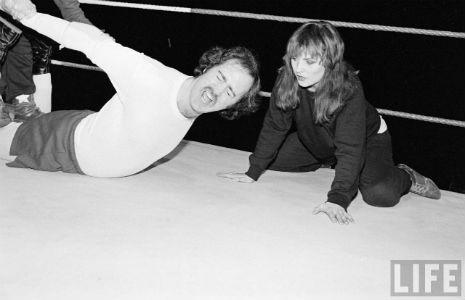
Get them young and you’ll have them for life. That was the maxim when I worked in television. It was called “creating brand loyalty,” which probably explains why the bloke who was then Chief Executive of the broadcaster who occasionally employed me, was responsible for making “I Can’t Believe It’s Not Butter” a big success in the UK. I suppose, this maxim was a more cynical variation of the Jesuit saying, “Give me the child for the first seven years and I will give you the man.” Brand loyalty was a way of ensuring the audience stuck with the channel and watched the adverts. Programs were the wrapping paper for the advertisements. Advertisers in a way dictated the kinds of things that could or could not be seen on commercial TV.
In the seventies, creating early brand loyalty saw the publication of children’s magazine Look-In in January 1971. Look-In was the equivalent of kids’ TV Guide or as it was known “The Junior TVTimes.” The TVTimes was the rival listing publication to the BBC’s Radio Times. There were basically two broadcasters back then—the BBC which was financed by a compulsory license fee payable by anyone with a TV set; and ITV, or independent television, which was financed by advertising.
Look-In was ITV’s kids comic or teen magazine. It contained a mix of cartoon strips based on popular ITV broadcast shows like Benny Hill, Man About the House, Kung Fu, The Six Million Dollar Man, Sapphire and Steel, Freewheelers, and Catweazle. There was also sports, puzzles, crosswords and plenty of pictures and pullout posters of pop stars like Marc Bolan, Debbie Harry, David Cassidy, Donny Osmond, Slade, David Bowie, Suzi Quatro, Roy Wood and so on.
If memory serves, the very first issue of Look-In contained a free, cut-out and make your very own TV studio which featured the set, presenters and a camera from ITV’s hit kids show Magpie—rival to BBC’s more mild-mannered Blue Peter. Perhaps my interest in TV started then? Who knows. Look-In was a strangely appealing magazine, for it always contained something of interest—whether a pop star interview or favorite comic strip, or just the double-paged regional listings for the week. I lived in Scotland which meant watching local programming like Knot-Tying from Drumnadrochit or Haggis Farming from Pittenweem, while the rest of the country enjoyed Captain Scarlet or Randall and Hopkirk (Deceased).
Look-In also had fabulous cover artwork featuring portraits of pop stars, DJs, and actors as painted by Arnaldo Putzu. These covers made the magazine instantly recognizable and iconic. A bit like Richard Bernstein’s covers for Andy Warhol’s Interview which followed in 1972. Putzu had a career painting movie posters, most notably for the Carry On films and Get Carter. His paintings were featured on the cover of Look-In until the 1980s when they were sadly and unimaginatively replaced with photographs.
Look-In lasted from January 1971 until March 1994 and here’s a small selection of the cover artwork from the 1970s to early eighties.

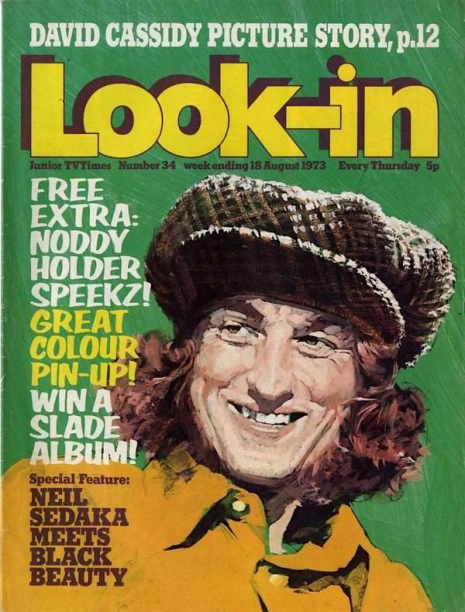
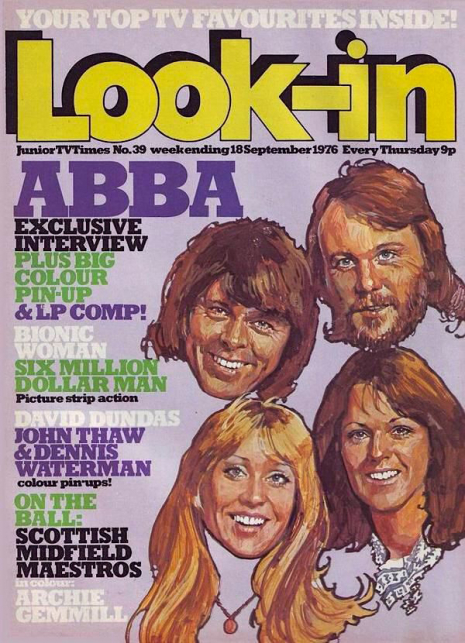
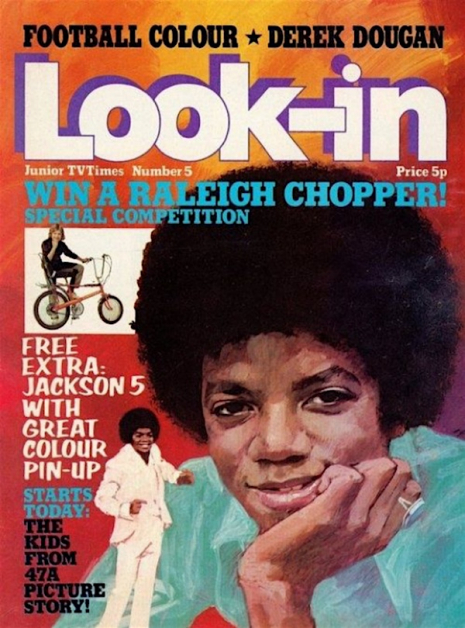
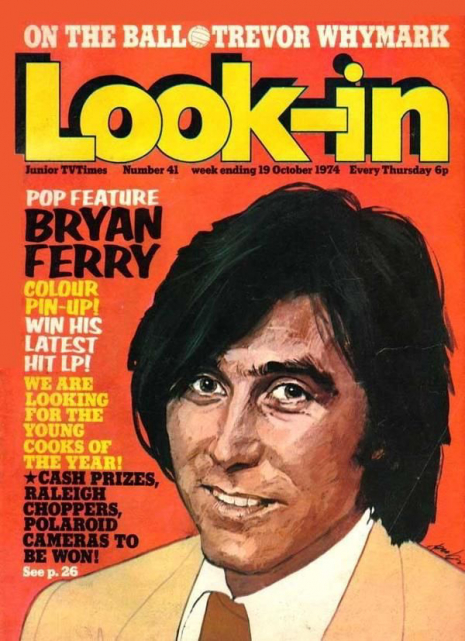
More poptastic covers, after the jump…








